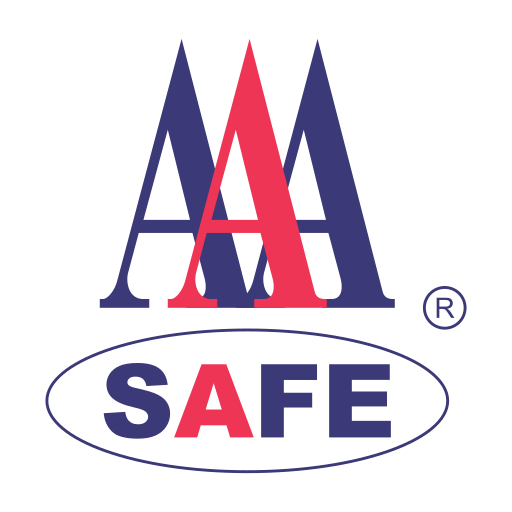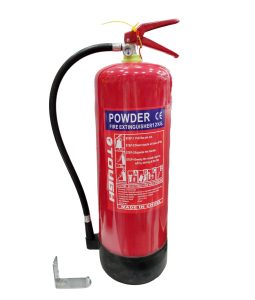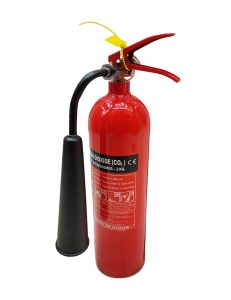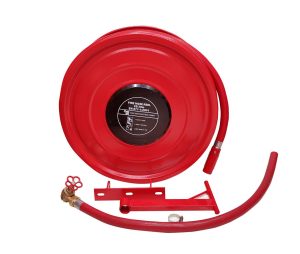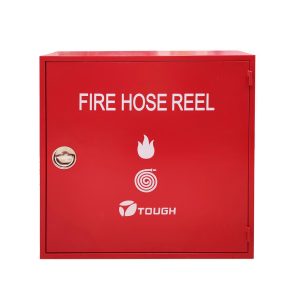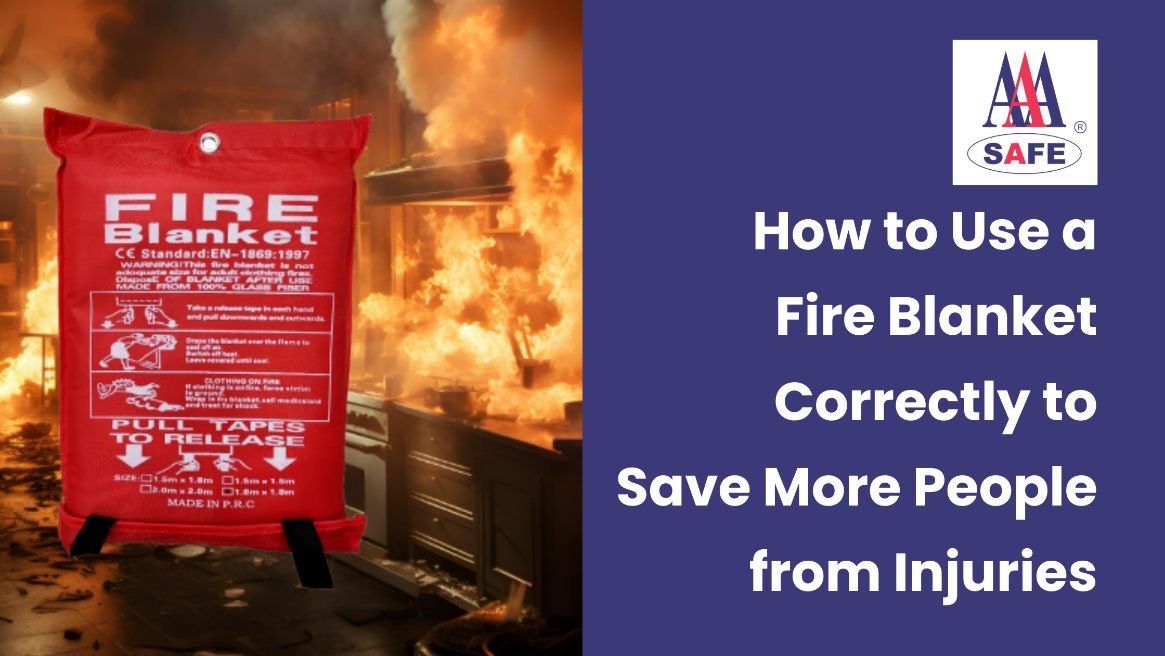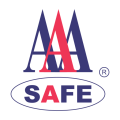In the dynamic and rapidly evolving landscape of the United Arab Emirates (UAE), fire safety has become an increasingly critical concern for businesses. With its impressive skyline of high-rise buildings and densely populated urban areas, the risk of fire hazards is ever-present. The fire rating system plays a crucial role in ensuring buildings are adequately protected against such dangers. This guide offers an in-depth understanding of the fire rating system, its importance, and why it is essential for your business in the UAE.
What is a Fire Rating System?
A fire rating system assesses the performance of building materials and structures in resisting fire exposure for a specific duration. Through standardized tests, the system measures how long a material can withstand fire before it fails. These ratings are vital for evaluating the fire resistance of various building components, including walls, floors, doors, and other structural elements, ensuring they adhere to safety standards.
Fire ratings are determined by subjecting materials to rigorous testing under controlled conditions. The results of these tests help categorize materials based on their ability to withstand fire, thereby informing building design and safety measures.
Key Fire Rating Tests
To understand fire ratings comprehensively, it’s essential to be familiar with the key tests used to determine these ratings:
1. ASTM E-84:
This test, also known as the “Surface Burning Characteristics of Building Materials,” measures the flame spread and smoke development of materials. It classifies materials into three categories:
- Class A: Flame spread index of 0-25, indicating superior fire resistance.
- Class B: Flame spread index of 26-75, showing moderate fire resistance.
- Class C: Flame spread index of 76-200, reflecting the least fire resistance.
Materials classified as Class A are ideal for high-traffic areas and high-rise buildings where fire safety is paramount.
2. ASTM E-119:
Known as the “Fire Tests of Building Construction and Materials,” this test evaluates the fire resistance of building assemblies, such as walls, floors, and ceilings. It involves exposing these assemblies to a controlled fire and measuring how long they maintain their structural integrity. The test results help determine the fire-resistance rating, which is expressed in hours (e.g., 1-hour, 2-hour, etc.).
3. European Standard EN 13501-1:
This standard provides a comprehensive classification system that includes reaction to fire and structural integrity. It measures how materials contribute to fire growth, smoke production, and their ability to maintain structural stability during a fire. The classification includes several categories, such as A1 (non-combustible) to F (combustible), and considers both the reaction to fire and the fire resistance of materials.
Importance of Fire Ratings in the UAE
1. Compliance with Regulations
The UAE has implemented stringent fire safety regulations, particularly in cities like Dubai, where high-rise buildings and dense urban areas are prevalent. The Dubai Civil Defense (DCD) enforces regulations that mandate the use of fire-resistant materials and the installation of advanced fire detection and suppression systems. Compliance with these regulations is not only mandatory but crucial for ensuring the safety of building occupants and avoiding potential legal penalties.
Regulations also include requirements for fire escapes, alarms, and sprinkler systems, which must be designed and installed according to approved standards.
Ensuring compliance with these regulations helps protect your business from fines and legal issues while safeguarding the lives of employees and customers.
2. Enhancing Building Safety
Fire ratings play a significant role in enhancing the safety of buildings. Materials with higher fire ratings can slow the spread of fire, providing critical time for occupants to evacuate and reducing the risk of structural collapse. This is particularly important in high-occupancy buildings such as hotels, shopping malls, and office complexes, where the potential impact of a fire can be severe.
Incorporating fire-rated materials into your building design can also contribute to overall safety strategies, such as compartmentalization, which involves dividing a building into sections to contain fires and limit their spread.
3. Protecting Lives and Property
The primary objective of fire ratings is to protect lives and property. By selecting materials with appropriate fire ratings, businesses can minimize the damage caused by fires, leading to reduced repair and replacement costs. This is especially important for preserving valuable assets and critical infrastructure.
Fire-rated materials can also help prevent the spread of smoke and toxic gases, which can be as dangerous as the fire itself. Effective fire protection helps ensure that both people and property are safeguarded in the event of a fire.
Why Fire Ratings Matter to Your Business
1. Risk Mitigation
Implementing fire-rated materials and systems is a proactive measure to mitigate fire risks. By reducing the likelihood and impact of fires, businesses protect their employees, customers, and assets. Effective risk mitigation is essential for ensuring business continuity and minimizing financial losses.
Risk mitigation also involves regular maintenance and testing of fire safety systems, such as alarms and sprinklers, to ensure they function correctly during emergencies. Establishing a comprehensive fire safety plan is also a critical component of risk management.
2. Insurance Benefits
Businesses that prioritize fire safety and utilize fire-rated materials often benefit from reduced insurance premiums. Insurance providers typically offer discounts to businesses that demonstrate effective fire prevention measures, as these practices lower the risk of potential claims. This can lead to significant cost savings over time.
Additionally, having a robust fire safety strategy can improve your relationship with insurance providers, potentially leading to better coverage options and support in the event of a claim.
3. Reputation and Trust
Demonstrating a commitment to fire safety enhances a business’s reputation among customers and stakeholders. Customers are more likely to trust businesses that prioritize their safety and well-being. A strong safety record can also attract investors and partners, contributing to the overall success of the business.
Building a reputation for safety can differentiate your business from competitors and foster customer loyalty. It can also enhance employee morale, as workers are more likely to feel secure in a well-protected environment.
4. Compliance and Legal Protection
Adhering to fire safety regulations is essential for avoiding legal consequences and maintaining a safe working environment. Compliance with fire rating standards ensures that businesses meet regulatory requirements, protecting them from fines and legal liabilities.
In the event of a fire, having documented compliance with fire safety regulations can provide legal protection and demonstrate that your business took all necessary precautions to prevent and manage fire risks.
Implementing Fire Ratings in Your Business
1. Conduct a Fire Risk Assessment
A thorough fire risk assessment is the first step in implementing fire ratings. This process involves identifying potential fire hazards, evaluating the fire resistance of materials, and determining the necessary safety measures. Regular assessments help businesses stay updated with evolving safety standards and regulations.
A comprehensive fire risk assessment should also include evaluating existing fire safety systems, such as alarms and sprinklers, and ensuring they are adequately maintained and functional.
2. Select Appropriate Fire-Rated Materials
Choosing the right materials is crucial for meeting fire safety standards. Businesses should opt for materials with fire ratings that match the specific requirements of their buildings. This includes walls, floors, doors, and other structural elements.
It is essential to work with reputable suppliers and contractors who can provide fire-rated materials and ensure they are installed according to approved standards. Regular inspections and maintenance are also vital to ensure ongoing compliance and effectiveness.
3. Install Fire Detection and Suppression Systems
Fire detection and suppression systems, such as smoke alarms, sprinklers, and fire extinguishers, are essential components of a comprehensive fire safety strategy. These systems should be installed by qualified professionals and regularly maintained and tested to ensure their reliability in an emergency.
Upgrading existing systems or installing new ones can enhance overall fire protection and improve response times during emergencies. It is also important to ensure that all employees are familiar with the operation of these systems and know how to respond effectively.
4. Develop and Implement a Fire Safety Plan
A fire safety plan outlines procedures for preventing and responding to fires. It should include evacuation routes, emergency contacts, and roles and responsibilities for employees. Regular fire drills and training sessions are crucial for ensuring that employees are prepared to respond effectively in an emergency.
The fire safety plan should also address specific scenarios, such as electrical fires or chemical fires, and provide guidance on how to handle them safely. Regular updates to the plan are necessary to reflect changes in building layout or occupancy.
Conclusion
In the UAE’s dynamic and rapidly evolving business environment, understanding and implementing the fire rating system is essential for ensuring safety and compliance. Fire ratings play a vital role in protecting lives and property, enhancing building safety, and providing numerous benefits for businesses, including risk mitigation, insurance savings, and an improved reputation. By prioritizing fire safety and adhering to fire rating standards, businesses can safeguard their assets, protect their employees, and contribute to a safer and more secure community.
Taking proactive measures to understand and implement fire safety regulations not only helps in complying with legal requirements but also demonstrates a commitment to maintaining a safe environment for everyone involved. Investing in fire-rated materials, systems, and safety plans can lead to long-term benefits and peace of mind, ensuring that your business is well-prepared to handle potential fire risks effectively.
